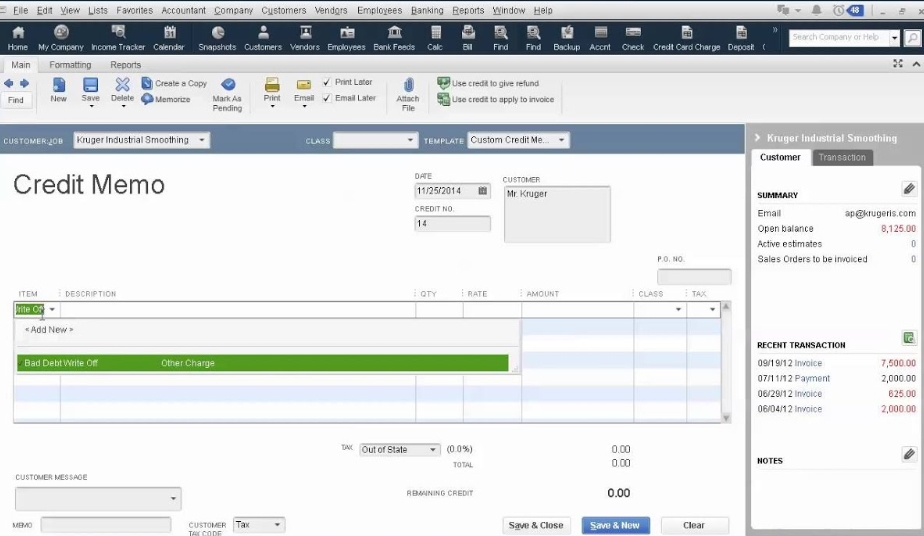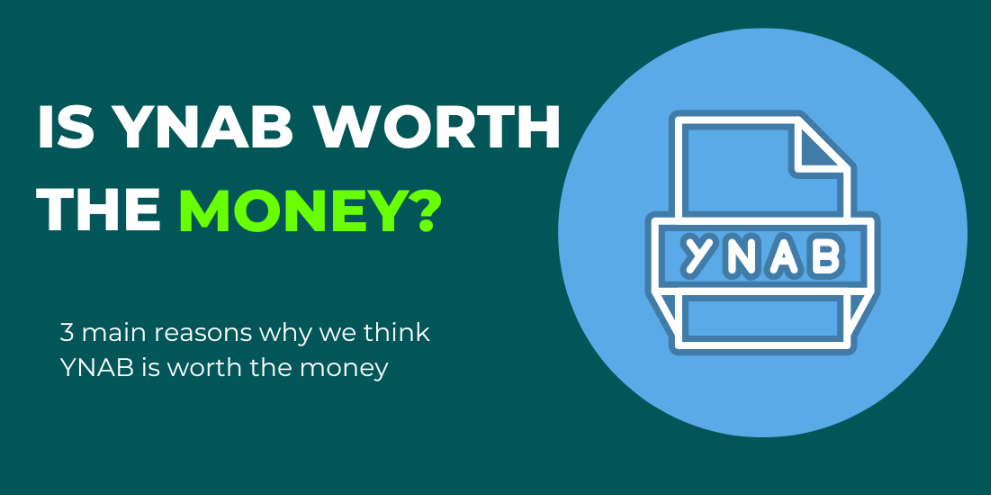Pros and Cons of Balance Transfer: Find out if it’s worth doing

Anúncios
Balance transfer can be a great financial tool when used wisely, but it also brings risks that need to be considered.
In this article, we will explore in detail the pros and cons of balance transfer, analyzing who can benefit, what the main advantages are, and the potential problems of this practice.
Anúncios
By the end, you will have a clear understanding to determine if this is the ideal solution for your finances.
What is a Balance Transfer?
A balance transfer is a financial operation that allows you to transfer the debt from one credit card to another, usually with a reduced or even 0% introductory interest rate (APR).
Anúncios
This type of strategy is popular among consumers seeking to reduce the interest charges on their credit card debts, offering a cheaper way to pay off or consolidate those amounts.
By transferring the balance, the cardholder can benefit from significant interest savings during the promotional period, which generally ranges from 6 to 18 months.
However, after this period ends, interest rates can rise to normal levels, requiring consumers to be careful not to accumulate new debts.
Who can make a Balance Transfer?
Anyone who has a credit card with a balance due and has access to a card that offers a balance transfer promotion can make this transaction.
However, it is important to note that approval for a new card, as well as for the balance transfer promotion, depends on the consumer’s credit score.
Balance transfer cards are generally offered to people with good credit, meaning a FICO score of 670 or higher.
Additionally, approval for the promotion may be influenced by other factors such as the new card’s credit limit, payment history, and total existing debt.

Benefits of Balance Transfer
A balance transfer offers several advantages for those looking to manage their debts more efficiently and economically.
Understanding these benefits is essential to determine whether this strategy is suitable for your financial situation.
Below, we explore the key benefits of balance transfer, detailing how each one can help improve your financial health.
Lower interest costs
One of the main benefits of a balance transfer is the potential to save on interest.
With the introductory APR offer, which can be 0% for a limited period, consumers can stop accumulating interest on their debts.
This means that each payment made during this period goes directly to the outstanding balance, helping to pay off the debt quickly.
For example, if you have a $5,000 balance on a card with a 20% interest rate, you are paying approximately $1,000 per year in interest alone.
With a 0% APR offer for 12 months, you can eliminate that expense and focus on paying off the principal amount.
Card benefits
In addition to the interest savings, many cards offering balance transfer promotions also come with additional benefits such as rewards programs, cashback, and purchase protections.
This can be an extra draw for consumers looking to maximize the value of their card while managing their debts.
However, it’s crucial to use these benefits strategically, to avoid accumulating more debt in the process.
Debt consolidation
If you have multiple debts on different credit cards, transferring the balance to a single card can simplify your financial management.
By consolidating your debts into a single monthly payment, you reduce complexity and decrease the chances of missing a payment, which could result in penalties and increased interest.
Possible credit score improvement
A successful balance transfer, combined with regular debt payments, can positively impact your credit score.
This happens because reducing credit utilization and making on-time payments are factors that directly influence your FICO score.
Furthermore, by maintaining a good payment history, you can see significant improvement in your financial health over time.

Disadvantages of Balance Transfer
Although the benefits of a balance transfer are attractive, this strategy also presents risks and disadvantages that need to be carefully evaluated before making a decision.
Depending on your financial situation, some pitfalls could end up causing more problems than solutions.
We analyze the main disadvantages of balance transfer and their potential negative impacts. Check them out!
Balance Transfer fees
Although the interest savings are tempting, card issuers often charge a fee for balance transfers.
This fee is typically 3% to 5% of the amount transferred. For example, if you transfer $5,000, you could pay up to $250 in fees alone.
This expense can reduce the expected benefits, especially if you fail to pay off the debt before the promotional period ends.
Introductory APR offer has an expiration date
The 0% APR introductory period has an expiration date. After this period, interest rates can rise significantly, often exceeding 20%.
If you do not manage to pay off the debt during the promotional period, you could face high-interest rates again, negating the benefits of the initial transfer.
The problem could worsen
A balance transfer might seem like an easy solution to relieve debt pressure, but it can worsen the problem for those who don’t change their spending habits.
If you continue using the original card and accumulating more debt, in addition to not paying off the transfer on time, your financial situation may become even worse.
You might not qualify for a good card
Not all consumers qualify for cards with 0% APR introductory offers. These cards are usually reserved for people with good credit.
If your credit score is low, you may not get a good offer or might end up with a card that offers only a short introductory APR period and high transfer fees.
Score may drop with a new card
Opening a new credit card can cause a slight negative impact on your credit score, primarily due to the credit inquiry required for approval.
Additionally, if you increase your available credit limit too much, your score may be affected until you demonstrate responsible use of the new credit.
When is it recommended to apply for a balance transfer card?
Applying for a balance transfer card can be a good option if you are determined to pay off your debts in an organized way and take advantage of the 0% interest period to eliminate the outstanding balance.

Before making this decision, make sure you:
- Have a clear payment plan: Calculate how much you need to pay monthly to pay off the balance during the introductory APR period.
- Are committed to not accumulating more debt: Transferring the balance may be ineffective if you continue spending beyond your means to make the payment.
- Understand all the fees involved: Check transfer fees and what happens after the promotional period ends.
If these criteria are met, balance transfer can be a powerful resource for recovering your financial health.
Balance transfer offers a potentially cost-effective way to deal with credit card debt but requires discipline and planning.
If you can take advantage of the introductory APR period and avoid new spending, you may benefit from significant interest savings.
The process comes with risks, such as transfer fees, rising interest rates after the promotional period, and the possibility of worsening the situation if debts are not well managed.
So carefully evaluate your financial situation and the card’s terms before deciding if this is the best solution for you at the moment.





